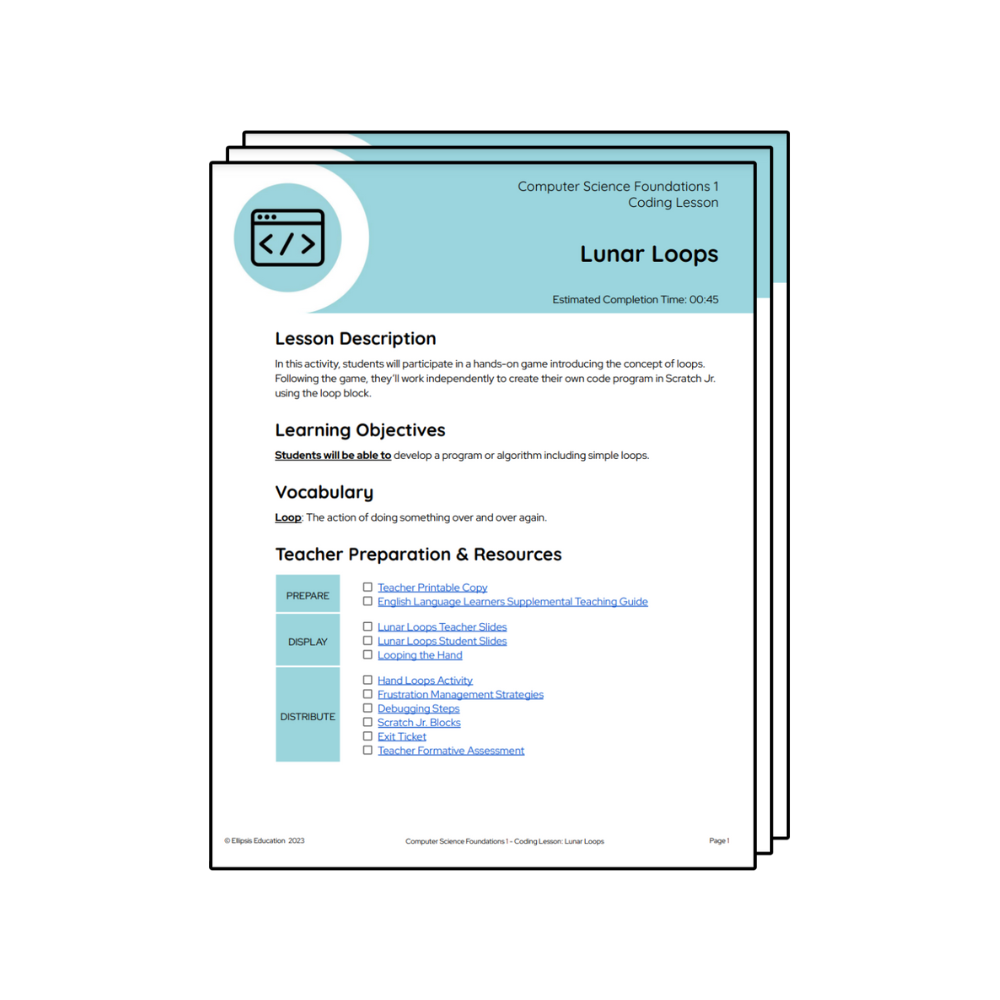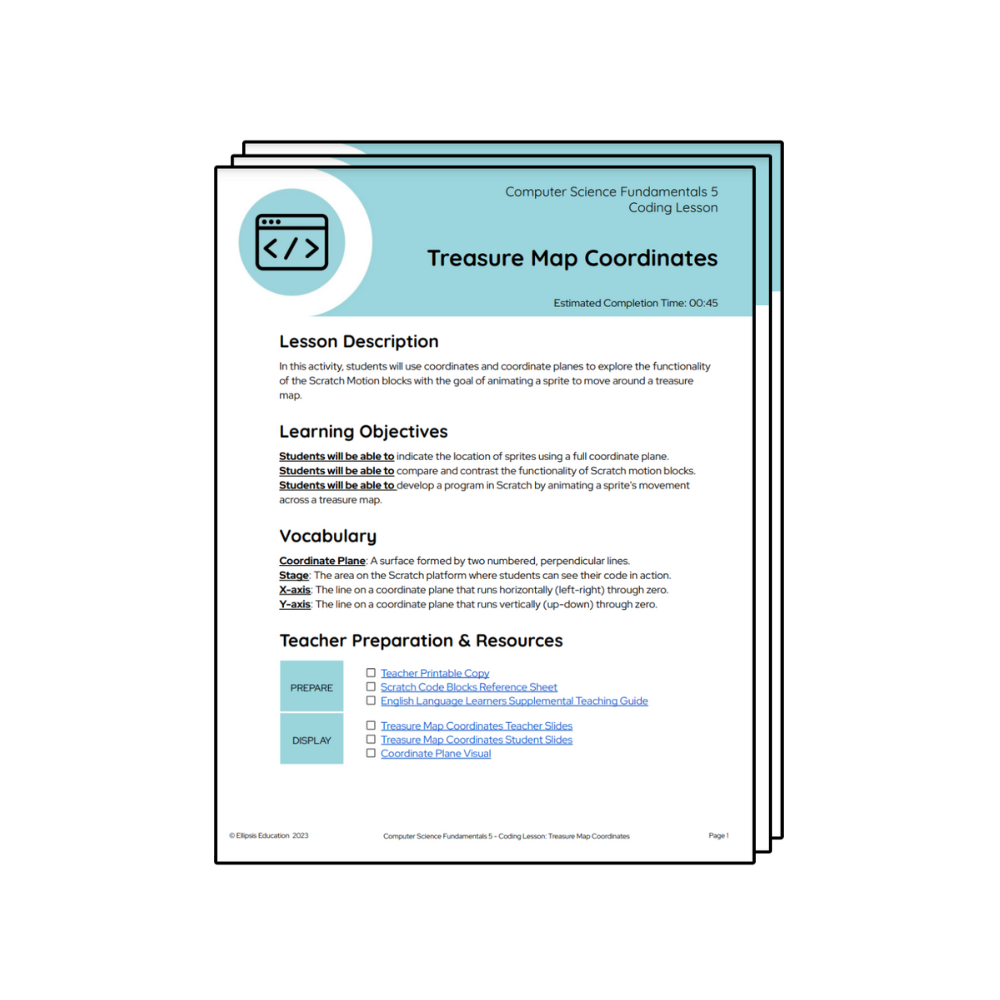STEM education is a vital component of today’s educational ecosystem. It incorporates science, technology, engineering, and mathematics curriculums in an integrated, applied approach. Particularly at the elementary level, a cornerstone of lifelong learning, the implementation of STEM subjects is paramount.
This core knowledge helps to lay the groundwork for critical thinking and problem-solving abilities, preparing our young learners for a digitized world driven by innovation and technology. However, the key catalyst in this formulation is the teacher, carrying the mantle of educators in STEM and their undoubted need for access to comprehensive STEM resources. STEM teacher resources form the backbone of capable instruction within the classroom. They are the stepping stones to creating an environment conducive to inquiry-based learning, perhaps even more so in younger years when children’s curiosity peaks.
STEM teaching tools, another name for these resources, offer immediate, tangible benefits, such as enhanced student engagement, fostering a sense of ownership of their learning, and encouraging them to question, explore, and understand the world around them in a systematic, logical manner.
Top-grade STEM tools for the classroom encompass diverse types of content, methods, and techniques that can be adapted to different educational contexts. These could include hands-on tasks, digital games, project-based assignments, group activities, experimental observations, and more that would cater to the diverse learning abilities in an elementary class setting.
The flexibility and variety that these stem teaching tools offer directly align with the progressive shift in education toward individualized instruction. The introduction of these versatile resources initiates a cycle of constant learning, helping stem teachers to adapt and evolve their teaching styles in time with the progression of their students. They are not only provided with the tools to create stimulating, collaborative, and interactive learning experiences, but they also get opportunities to upgrade and expand their repertoire continually. Moreover, stem resources for teachers come with the advantage of built-in evaluation mechanisms.
Teachers can track individual progress, identify areas of improvement, and align curriculum objectives with learner skill sets, leading to an effective teaching-learning experience. Further, STEM resources effectively bridge the gap between theory and practice. A ‘learning by doing’ approach is much advocated in STEM education, and these resources serve as the facilitators.
They unleash the potential for teachers to transform elementary classrooms into spaces of active learning and discovery, encouraging children to explore the STEM fields in a hands-on and engaging manner rather than being passive recipients of information. Thus, access to comprehensive STEM resources for elementary teachers is more than just a commodity. It is a requisite tool for enhancing teaching efficiency, ensuring student engagement, promoting cognitive development and empowering the teachers to create next-generation leaders capable of critical thinking and dynamic problem-solving.
The amalgamation of their professional expertise with strategically designed STEM teaching tools potentially leads to the augmentation of the learning experiences for their students, steering them towards a future they are prepared for and confident to navigate. Hence, investing time, effort, and funds into curating quality STEM resources plays a significant role in molding STEM education into a driving force of the 21st-century educational landscape.







